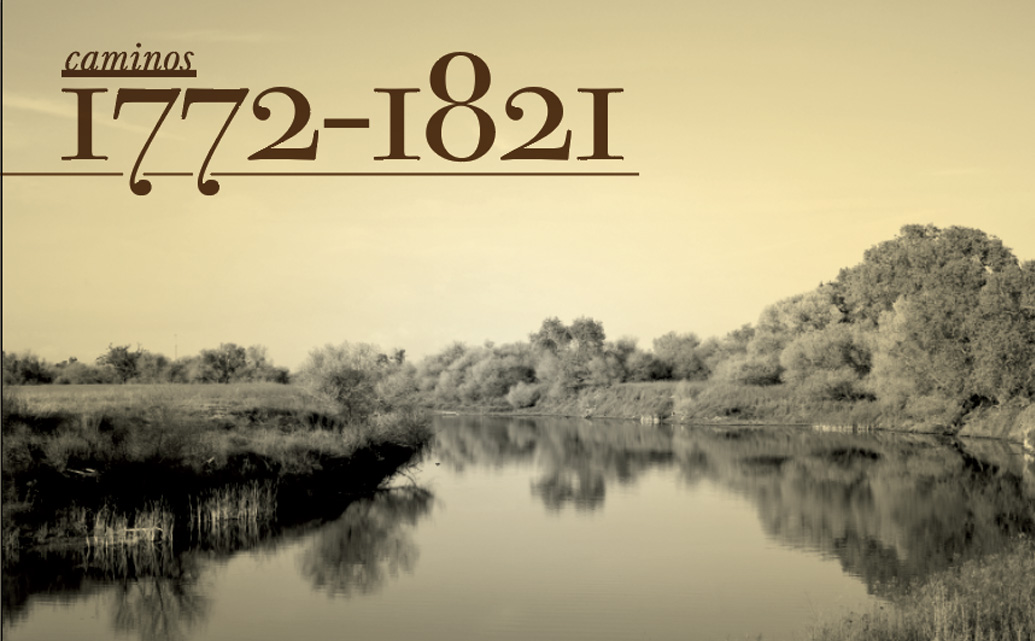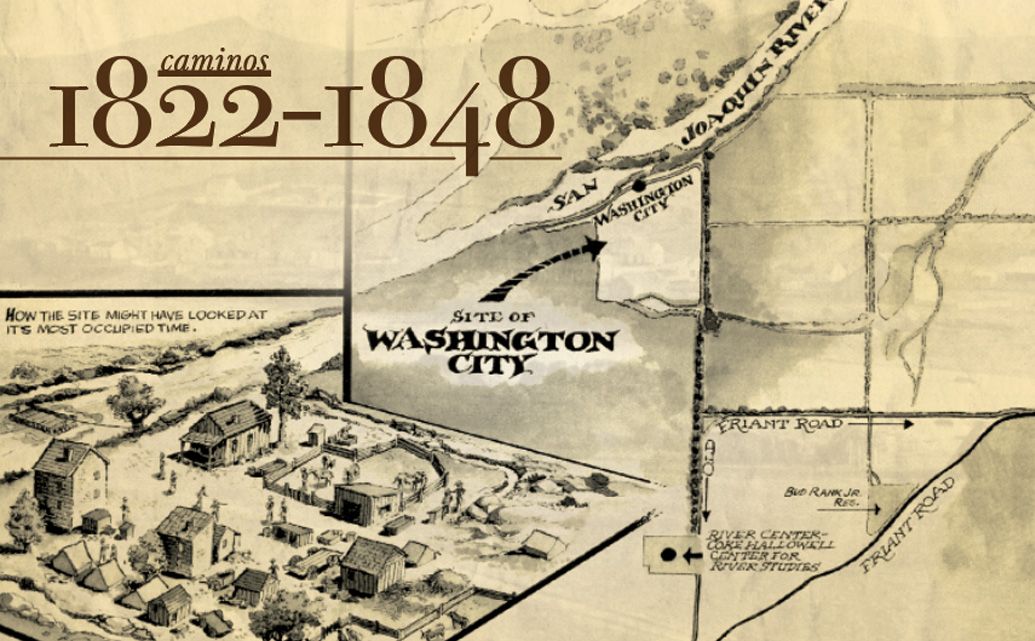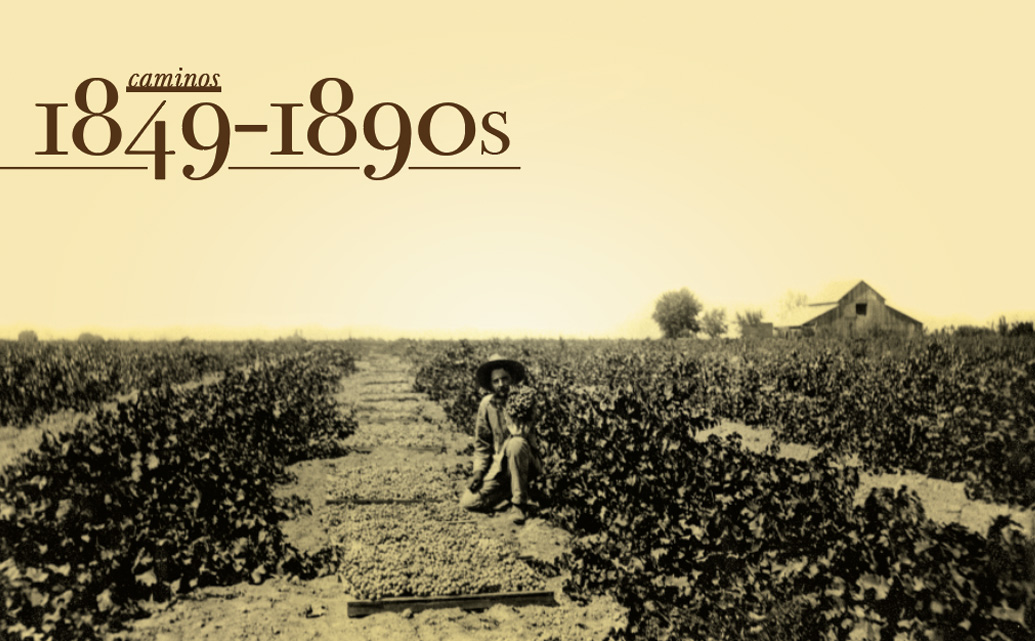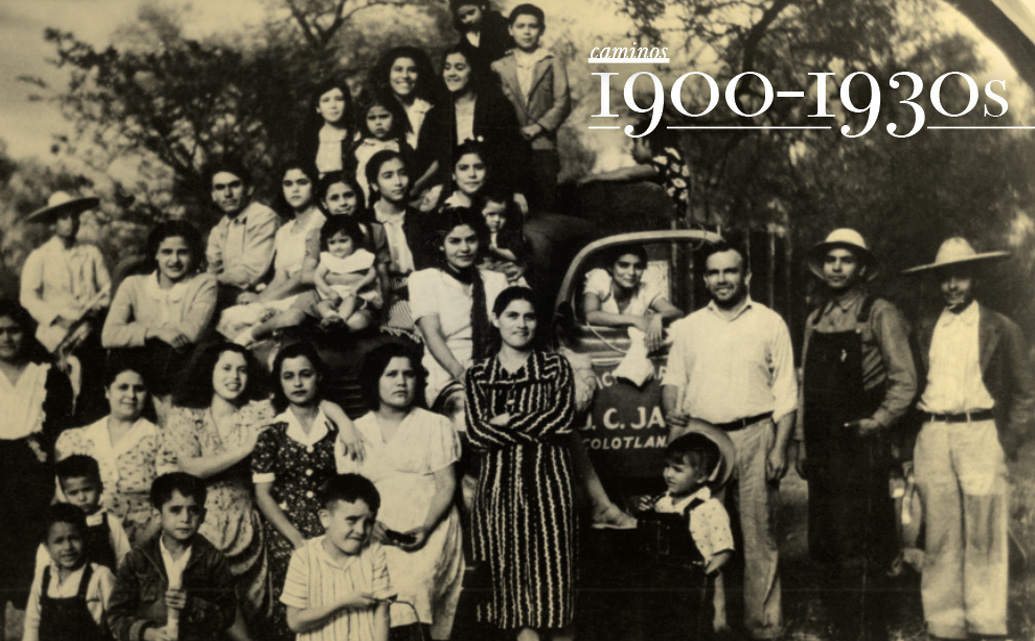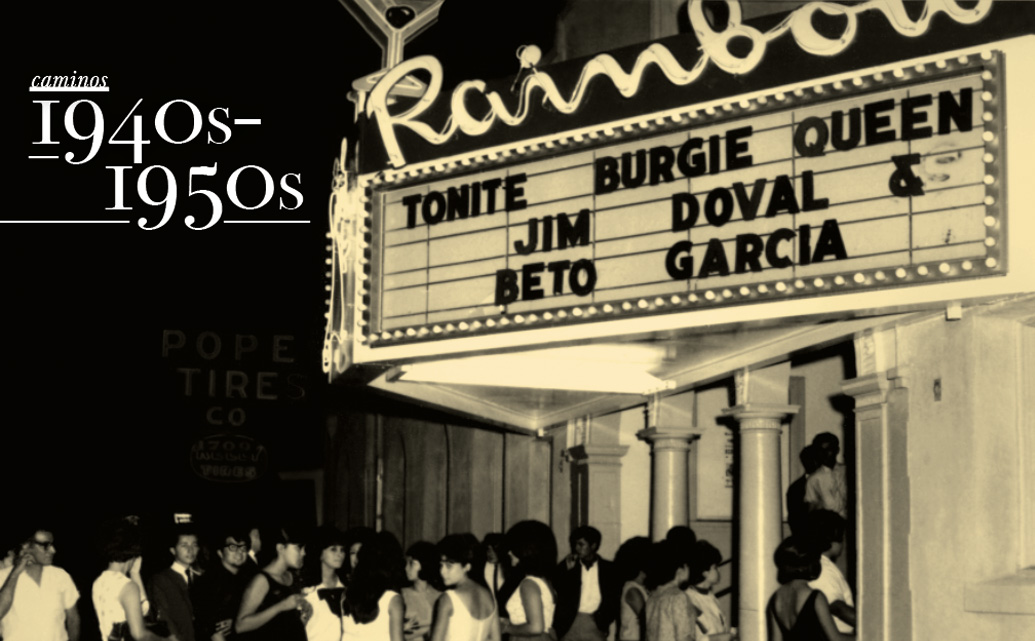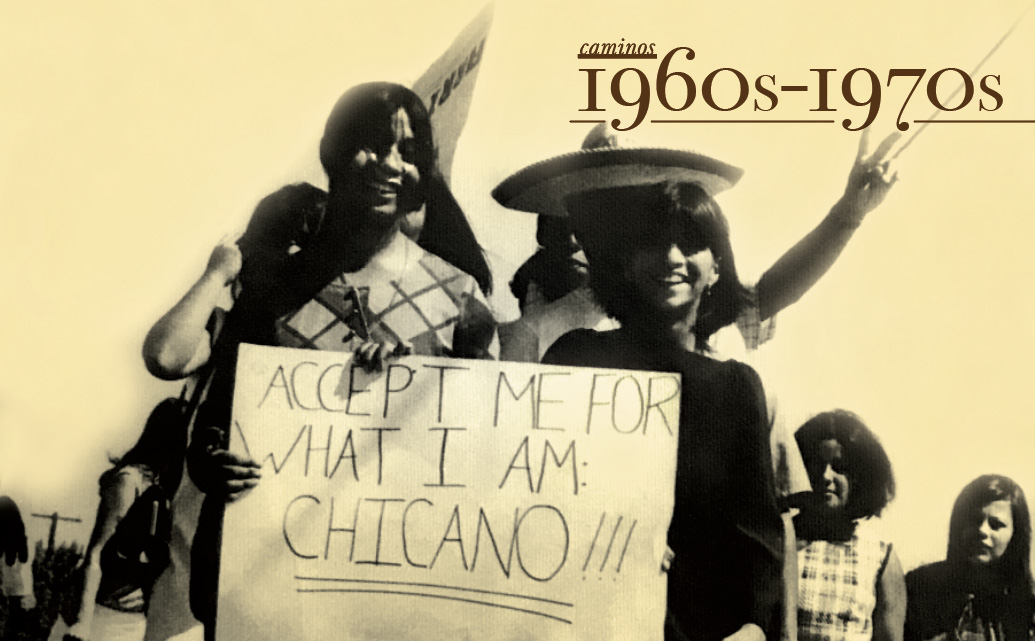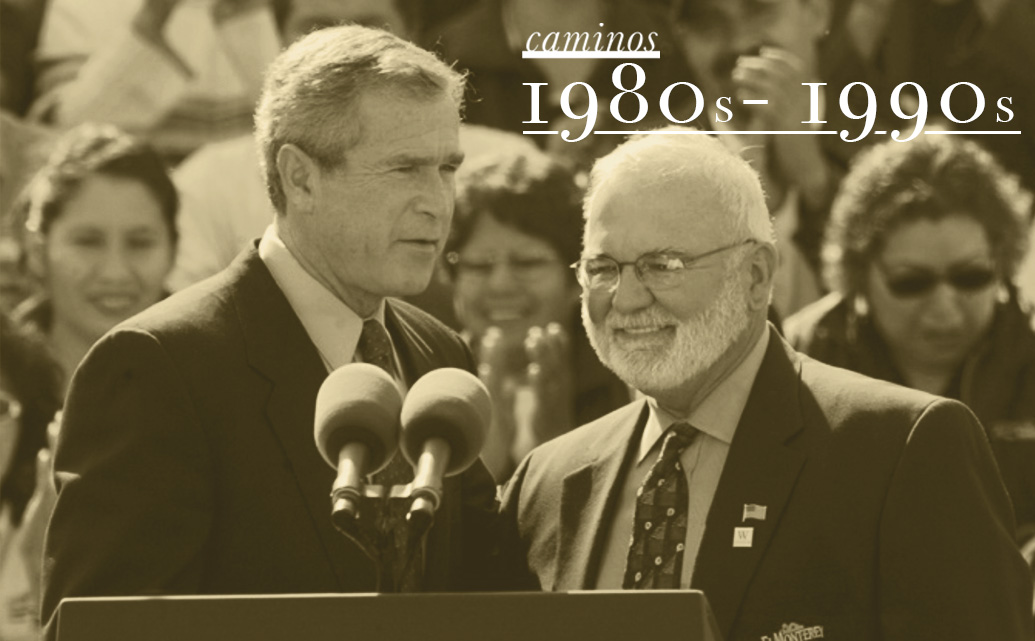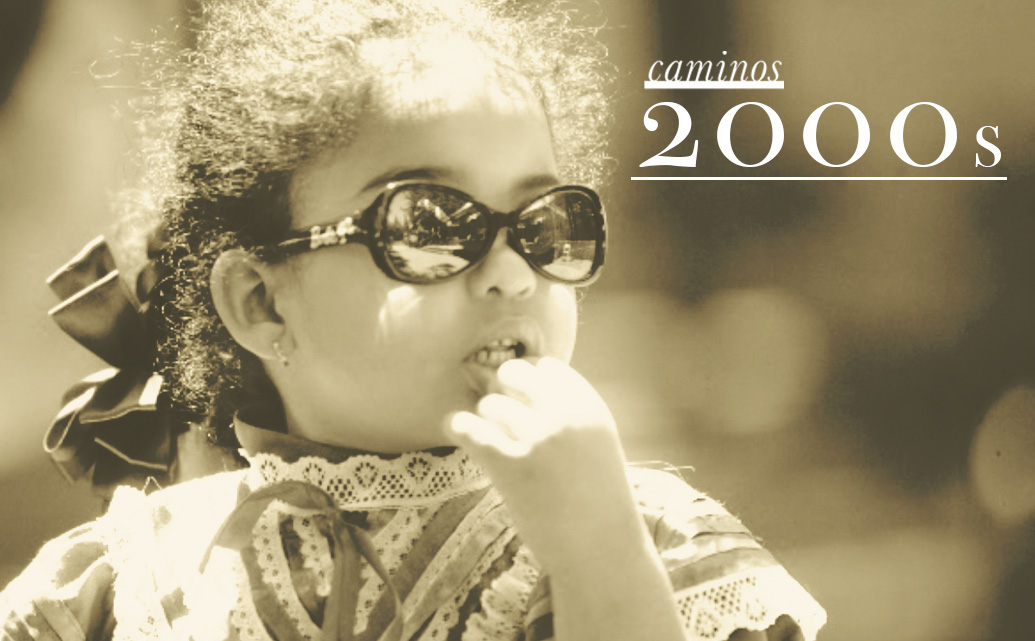Latino History
of the Central San Joaquin Valley
Caminos on the road
Developed and written by historian Dr. Alex Saragoza for our core research team, eight significant periods are identified in the Mexican American history of our valley. The following text will introduce and summarize each period—camino— of the exhibit.
These caminos will be elaborated with key themes, milestones and profiles. Our goals are to highlight the history through first person narratives and quotes when possible, collect photographs and videos that illustrate the times, and produce maps and statistics through infographics that immediately communicate.
“Quién habla del camino es aquél que ya lo tiene andado.“
Arte Américas in Fresno California, 2018
By Dr. Alex Saragoza
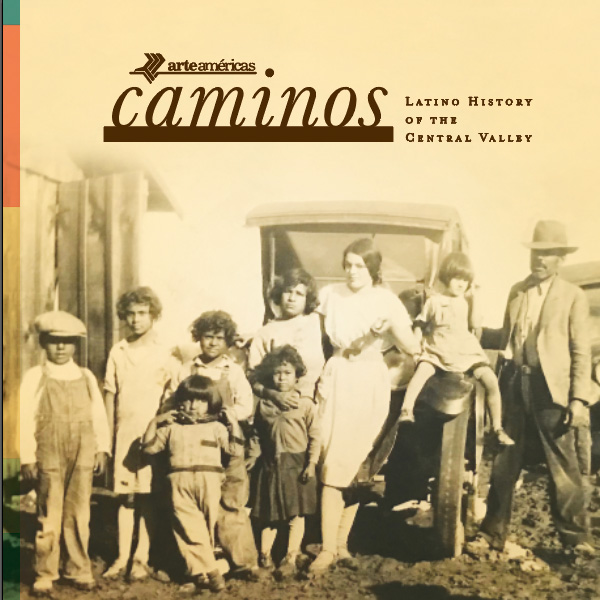
Dr. Alex Saragoza
Welcome
Welcome to the Caminos project, we hope you enjoy this journey throughout the San Joaquin Valley’s timeline.
Caminos
Browse through the different eras of California.
Spanish California
1772-1821
Spain did not send expeditions into the valley until 1772, to explore and capture natives for the missions. The valley was home to native peoples, their numbers devastated by European diseases.
Mexican California
1822-1848
After 300 years of colonization, Mexico became independent, inheriting Alta California. Weak from wars and colonization, they lost all northern territories to the advancing, aggressive United States.
Caminos al Norte
1900-193Os
Conditions in Mexico and opportunities in El Norte drew Mexicans across the border to work in the fields, railroads and lumber mills. They endured, despite hard times.
Seeds of Change
1940s-1950s
The next generation of Mexican Americans contributed to the war efforts and started businesses–while new bracero immigrants renewed ties to Mexico and impeded efforts to organize in the fields.
Progress & Backlash
1980s-1990s
The growing Hispanic population attracted the attention of markets and politicians, creating both an expansion of businesses and a political backlash. Media expanded to reflect a more diverse and educated Latino market.
Más Caminos
2000s
Are we there yet? As the Valley’s Latino population exceeds 55% now, what opportunities and challenges lie in the road ahead?
Upcoming Exhibitions
Tulare County Museum
of Farm Labor & Agriculture
June 25 – December 23, 2022
Hours: Mon, Thurs, Fri, Sat, Sun (10am – 4pm)
Closed: Tues,Wed
Drop Us a Line
Let us know if you have any questions!

